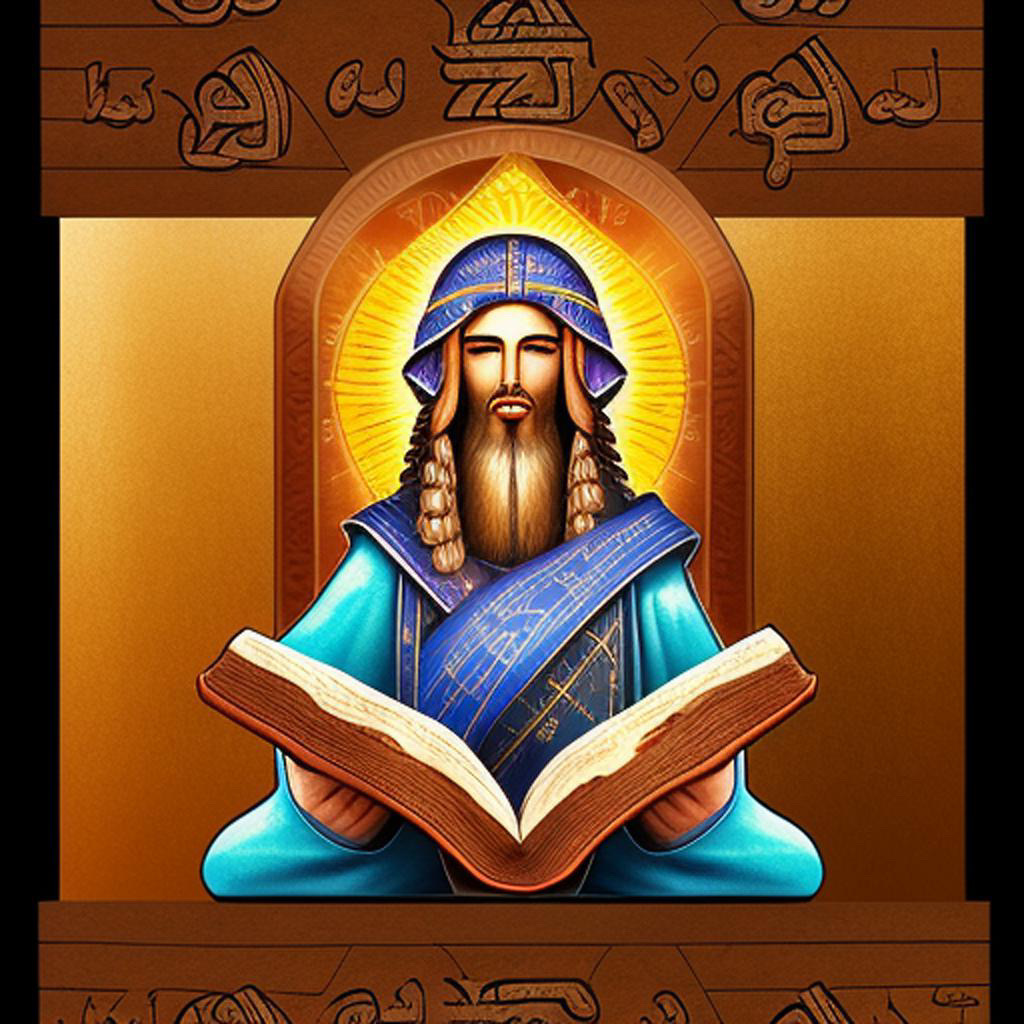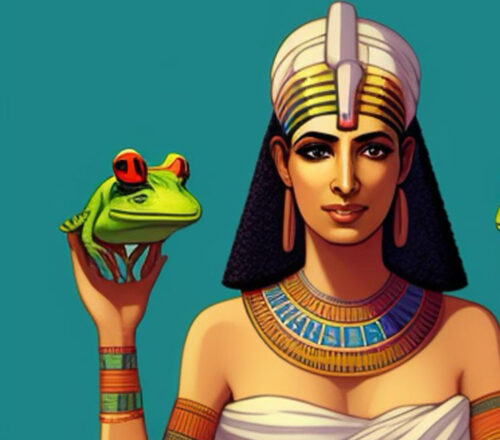
Table of Contents
Biblical Aramaic Translation exercice
On the meaning of Eli lama sabachthani
The phrase “Eli lama sabachthani” is recorded in the New Testament of the Bible. The phrase is originally in Aramaic and is found in Mark 15:34 and Matthew 27:46.
The Aramaic phrase is “Eloi, Eloi, lema sabachthani” (ܐܠܝ ܐܠܝ ܠܡܢܐ ܫܒܩܬܢܝ), which translates to “My God, my God, why have you forsaken me?”
Please note that translations can vary slightly, but the general meaning remains the same.
There are several levels of understanding
The phrase “Eloi, Eloi, lema sabachthani” spoken by Jesus on the cross carries profound significance and has been subject to various interpretations and levels of understanding. Here are a few possible layers of meaning associated with this phrase:
Literal Level
At a literal level, the phrase represents Jesus’ cry to God, expressing his feelings of abandonment and questioning why he has been forsaken. It reflects the depth of his suffering and his human experience of feeling separated from God in that moment of extreme agony.
Scriptural and Messianic Level
By quoting the opening line of Psalm 22, which begins with “My God, my God, why have you forsaken me?” (Psalm 22:1), Jesus is referencing a prophetic psalm attributed to King David. This connection highlights the fulfillment of prophecy, emphasizing Jesus’ identification with the suffering servant described in the Psalms.
Spiritual and Theological Level
The phrase invites contemplation on the nature of Jesus’ sacrifice and the redemptive purpose of his crucifixion. It is believed to signify the temporary separation Jesus endured, taking upon himself the weight of human sin and experiencing the spiritual consequences of that separation from God.
Emotional and Relational Level
Beyond the theological implications, the phrase reveals the depth of Jesus’ emotional anguish and vulnerability. It reflects the intense human suffering he experienced, allowing believers to empathize with his pain and find solace in the understanding that Jesus fully identifies with our human struggles.
Symbolic and Mystical Level
Some interpretations suggest a deeper mystical or symbolic understanding of the phrase. It is viewed as a reflection of the cosmic drama of divine and human reconciliation, representing the transformative power of suffering and the ultimate victory over darkness and separation.
It’s important to note that these levels of understanding are not mutually exclusive, and different individuals or traditions may emphasize certain aspects more than others. The phrase encompasses a rich tapestry of theological, emotional, and spiritual meanings, inviting profound contemplation and reflection on the depth of Jesus’ sacrifice and the relationship between God and humanity.
On a physical level, the end of creation
On a mind level, the question, is this the end of creation,
On a spiritual level, the end or fulfilment of creation, your sabbath
The phrase “Eloi, Eloi, lema sabachthani” can be explored on different levels of understanding, including the physical, mental, and spiritual dimensions.
Physical Level
On a physical level, the phrase can be interpreted as an expression of the culmination of Jesus’ earthly journey and the imminent completion of his mission. It represents the moment of his crucifixion, where his physical suffering reaches its peak and the end of his human life draws near. It marks a pivotal event in the narrative of Jesus’ sacrifice.
Mental Level
On a mental or intellectual level, the phrase raises the question of whether this crucifixion event signifies the end of creation itself. It prompts contemplation on the magnitude of Jesus’ sacrifice and its implications for the fate of humanity. It invites deep thought and introspection about the nature of God’s plan and the significance of Jesus’ redemptive act.
Spiritual Level
On a spiritual level, the phrase can be seen as the culmination or fulfillment of creation. It points to the profound spiritual significance of Jesus’ sacrifice, serving as the ultimate act of atonement and reconciliation between God and humanity. It signifies the completion of God’s divine plan for salvation and the beginning of a new covenant with humanity. Additionally, the mention of “your Sabbath” in some translations suggests the rest and restoration that comes through Christ’s sacrifice, alluding to the spiritual rest found in God’s presence.
These different levels of understanding highlight the depth and complexity of the phrase “Eloi, Eloi, lema sabachthani” and its significance in various aspects of human experience. It encompasses the physical, mental, and spiritual dimensions, inviting contemplation and reflection on the profound truths and mysteries surrounding Jesus’ crucifixion.
Thank you for reading, shares and comments!
✨ Comment Policy ✨
We welcome thoughtful, kind, and constructive comments that contribute to meaningful conversations.
Please note:
- Promotional links and unsolicited offers will be removed.
- Spam, irrelevant content, or self-promotion without prior permission will not be published.
- We value quality engagement over quantity — thank you for helping us keep this a respectful and inspiring space!
Sources openai Language models, aitrot, picsart and mib
Embark on a journey into the realm of affiliate marketing and craft your own website within a vibrant, supportive community. Join me in this adventure, where you can begin as a free starter and stay as long as you desire. Enjoy complimentary hosting and foundational teachings to set you on your path. For those with advanced skills, opportunities to elevate your expertise await. Take a moment to explore and witness the magic for yourself!




